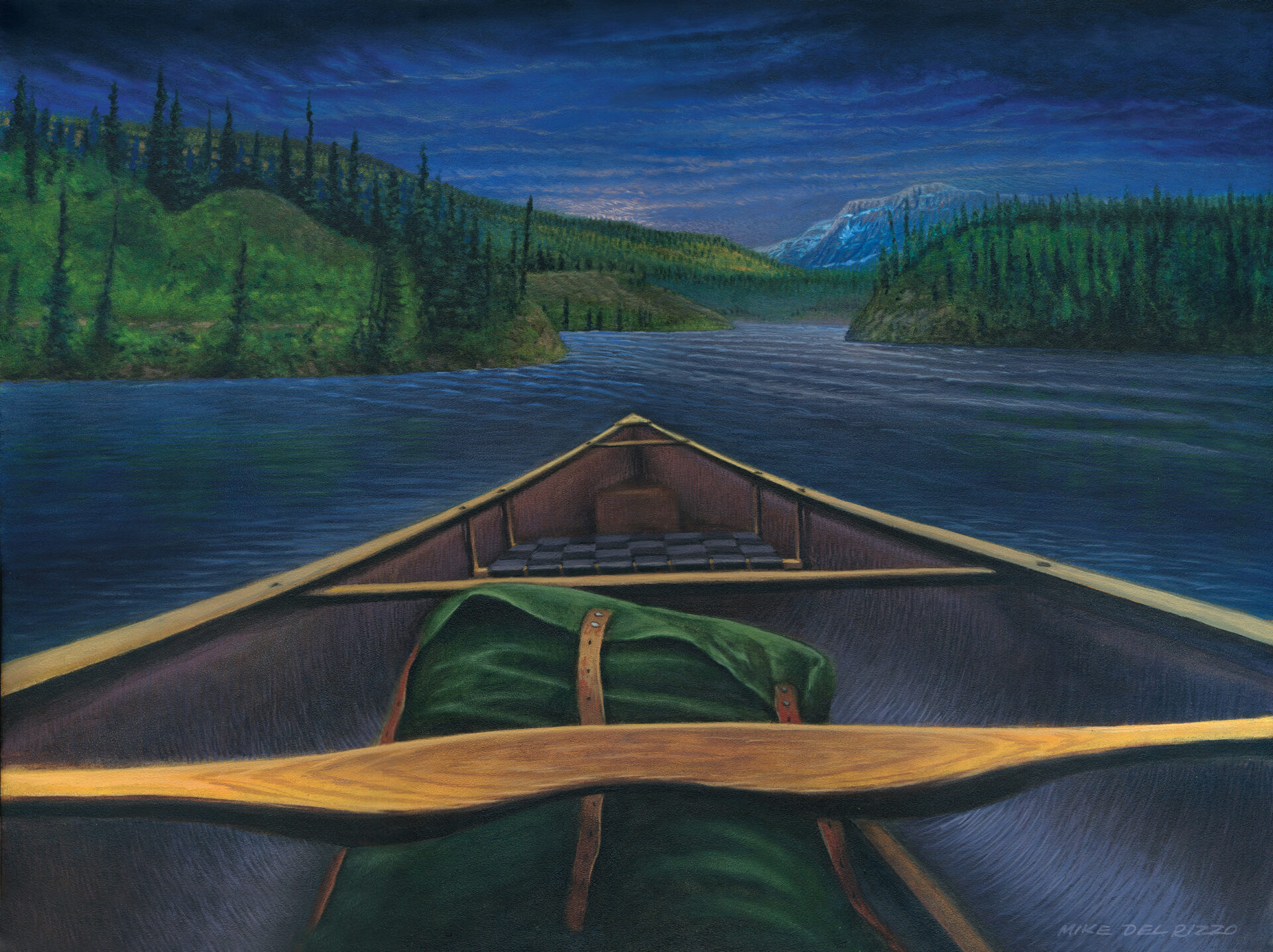Knowing how to predict weather is far more than just a matter of convenience. It can make a huge difference for your own daily logistics, safety and, in some situations, survival. Whether or not to cross a large body of water by canoe, attempt a mountain climb or even to know when it’s best to stop and make camp can all be made more certain by being aware of the incoming weather. Too many tragic events have occurred because attention was not paid to available indicators of how the weather was soon to change.
Advertisement

Along with your grandfather’s joints hurting and your great aunt’s bunions swelling, there actually are ways to predict weather in the wilderness. Long-term predicting is more a matter of cultural learning over time, passed down from adult to child. Happenings, such as termites beginning to cover over the holes at the top of their mounds in Sri Lanka, usually means the rainy season is about to start. Bees building their hives higher up off the ground might mean that the snow is going to be deep this winter in Ontario. But observing with a hope to predict oncoming weather is a matter of noticing a lot of subtleties happening around you and even within you.
Paying attention to changes in your own body is actually a pretty reliable source of information for predicting immediate weather. When I see what may or may not be rain clouds coming, I might not pay attention to it. However, if that is accompanied by a slight headache, then more often than not the barometric pressure is indeed affecting me physiologically, giving me the headache and predicting the coming storm. If someone’s long hair is getting frizzy and leaves on the ground seem to be curling up, then the high humidity is indicating an approaching storm. And while I’m talking about leaves, watch for certain trees, such as trembling aspen – they tend to turn all their leaves up so the bottoms are facing the sky, when rain is on the way.
Advertisement
Wind coming from the east is a sign of an imminent storm, whereas wind from the south may mean the same thing but you have a bit more time before it hits. Watch, as well, the smoke from your fire. If it is shooting straight up, then the pressure is high and clear weather will prevail; however, when it hangs low to the ground and falls down onto the calm flat water near your campsite, then rain may come throughout the night.
Insects can be a reliable and often abundant indicator of approaching storms. It will vary drastically in terms of species, depending on where you live, but I can tell you for certain that when the ordinary-looking houseflies start biting, it will always mean a storm is approaching. Blackflies, deerflies, horseflies and mosquitos all become hyperactive before a storm. Butterflies and bees may disappear altogether when a strong storm is coming, as they attempt to hide from it. Snakes will be found in the strangest places when bad weather is coming, as they come out of the ground to avoid drowning. Yet if they are not seen at all in places they would usually sun themselves, then that also is a sign of bad weather coming. Birds will fly lower and stay quiet on lower branches when a storm is on its way, whereas they will conversely fly high when a beautiful day is upon you.
Advertisement
I’ve often found it difficult to sense an approaching storm while paddling a river and losing the view to the surrounding lands. When the breezy day turns deathly calm, stiflingly humid and, the most ominous indicator of all, the sky above starts to turn green, then a lightning-and-thunder-filled micro-burst is about to hit right over top of you. I have noticed these changes before, pulled everyone off the river with just enough time to flip over canoes and hide under them, escaping a torrential downpour accompanied with heavy hail. I even remember reaching out from under the protection of my 16-foot Chestnut Prospector and collecting hail to munch on while we waited it out.
Clouds versus a clear sky is a good comparison, assuming it stays that way, of whether or not you’re going to have a bitterly cold rather than a somewhat comfortable night winter camping. If at 9 p.m. you step outside your winter wall tent and see a beautiful starry sky and you hear birch trees making a popping sound, you better hope you’ve gathered lots of firewood. The same goes for the sound of the frozen lake you are camped near. Is it making loud, thunderous sounds? If so, it is forming new ice with the cold, the mercury is dropping low and temperatures are headed south, so zip up your sleeping bag.
Learning about clouds is also a terrific way to predict what is coming tomorrow. Normally super high cirrus clouds signify either the ceasing of strong winds or the coming of them. A good thing to know if you plan on crossing a large body of water. You can Google cloud type recognition and even find a handy chart for weather predictions based on clouds.
There is no harm in letting technology come to the rescue as well, now that several apps are available and new ones are in development all the time. Since the local variances in the subtleties of predicting weather are so numerous, it is a skill you can develop in the area you most like to travel. It will become quite a matter of great comfort when your own sense of weather prediction becomes 100 per cent. “We were caught unawares” is a terrible way to start a sentence when you need to tell people how some tragedy unfolded, especially if noticing a few simple changes in your surroundings could’ve helped you avoid a disaster.